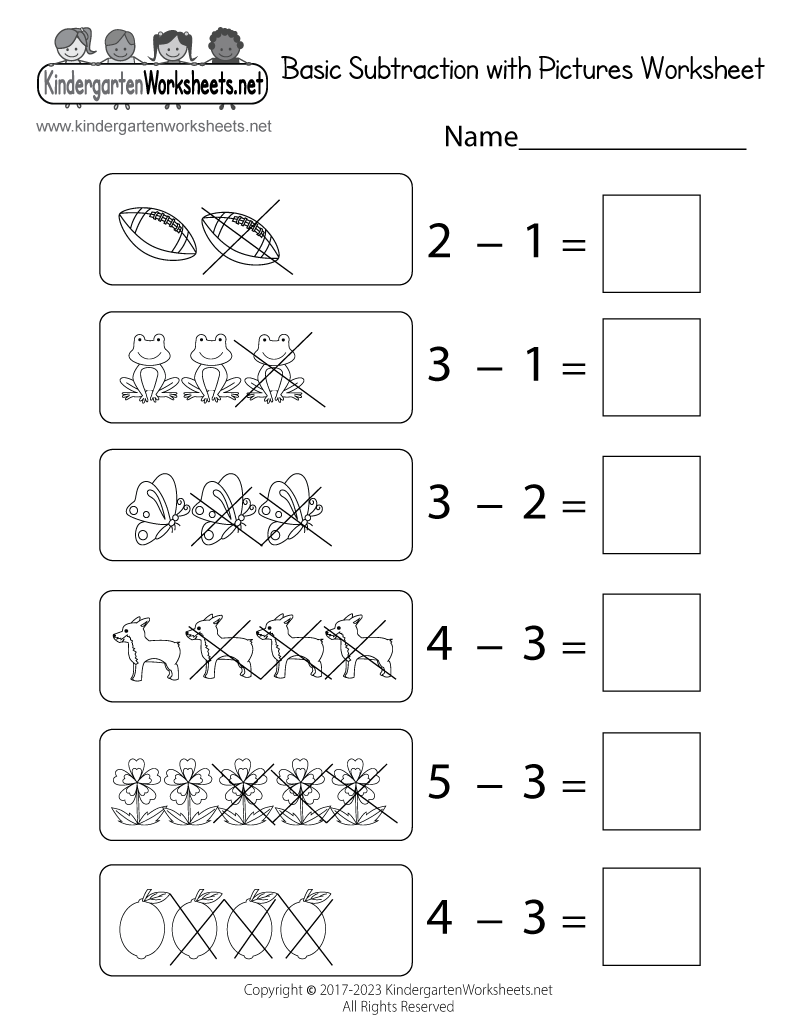

For example, if you give students the problem 5-1, students can count out five cubes. The interactive aspect of these math lessons is a fun way to engage young students in their first year or two of elementary school.Ĭoncrete math strategies for kindergarten look similar for a subtraction problem. Then students can count all the bears together to figure out the solution. For example, when it comes to a problem like 2 + 3, a great way to show your students this problem can look like setting out a group of two counting bears, and a group of three counting bears. Your lesson plans should include math strategies that require something physical for them to manipulate, real objects around the classroom (like wooden blocks), in order for them to make sense of math problems. Concrete Math StrategiesĪt the beginning of the year, kindergarten students have very concrete math thinking. Once these math concepts are introduced to students, they will be able to choose from different strategies as their math skill levels change as needed, and then become better abstract math thinkers in the future, leaving them able to easily incorporate fast math into their daily routines. By providing different strategies for students to choose from, this gives them a head start in being able to naturally differentiate math and hopefully make math fun for them.

Are you a kindergarten teacher seeking creative ways and easy strategies that make a great math lesson? When teaching math in kindergarten, it’s so important to provide students with a variety of math strategies and tools they can use to solve addition and subtraction problems-and will then improve their math skills as a whole.


 0 kommentar(er)
0 kommentar(er)
